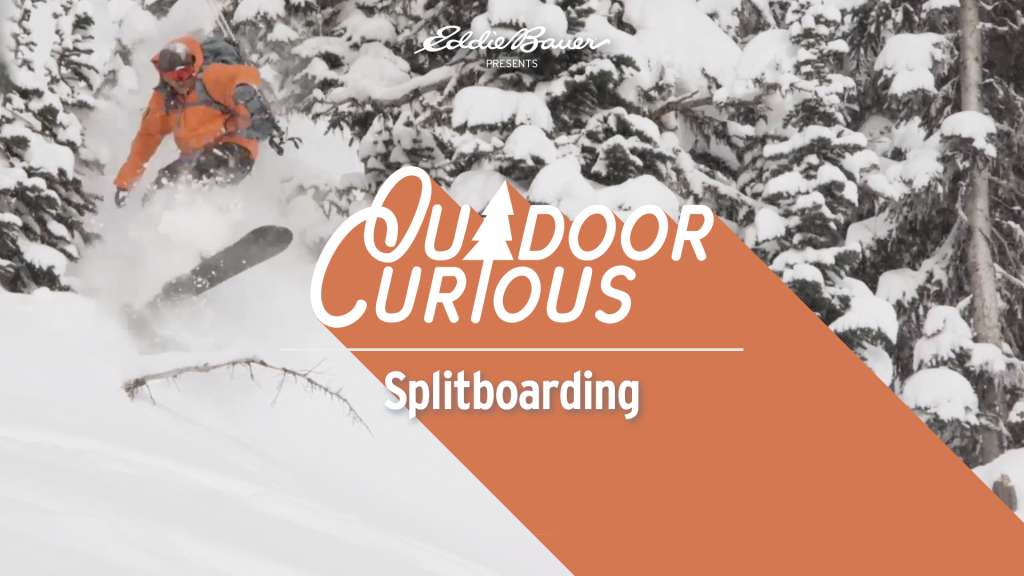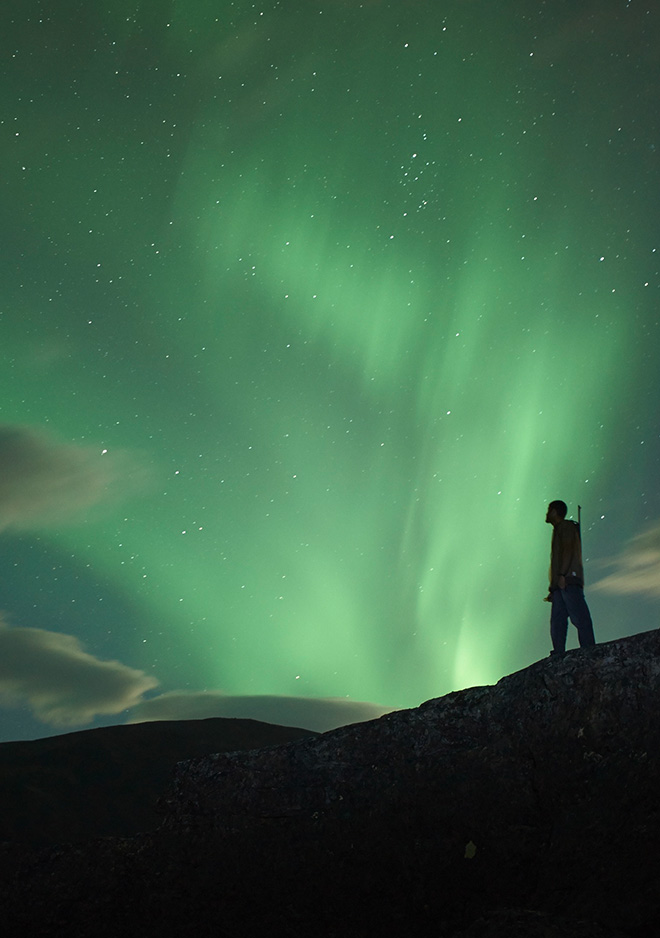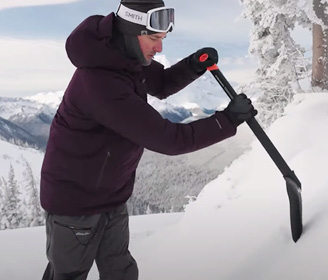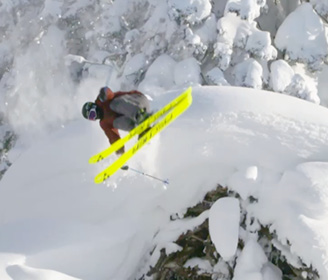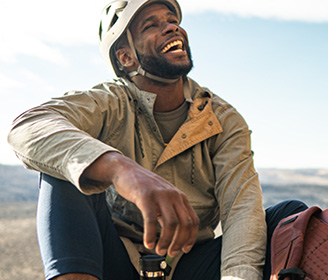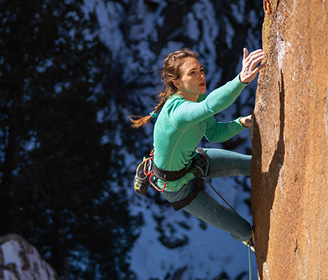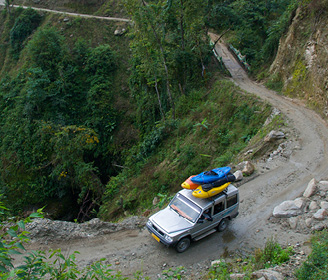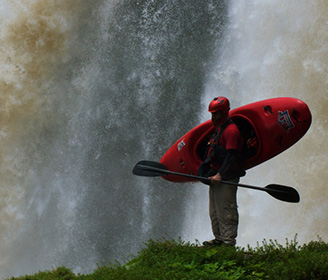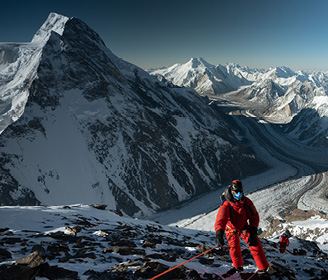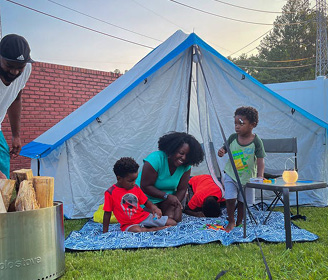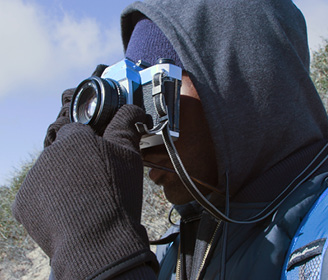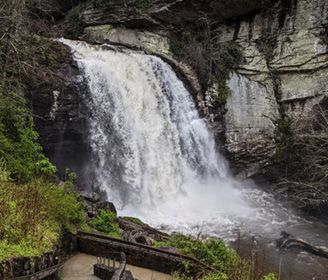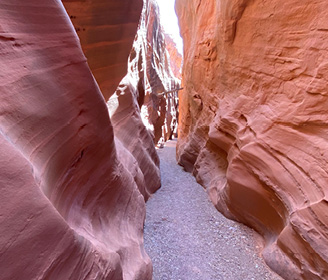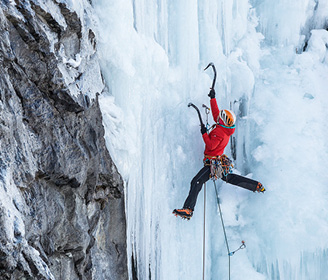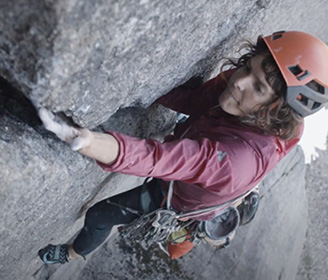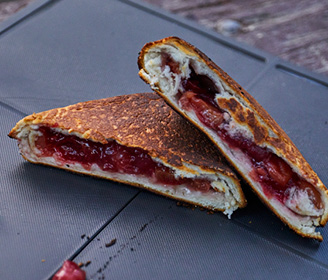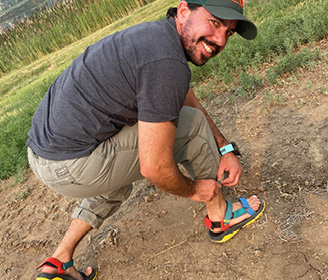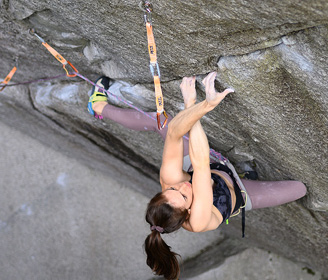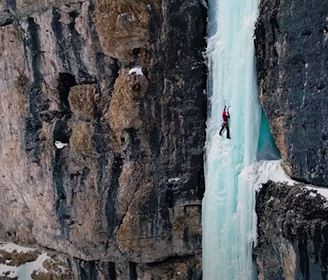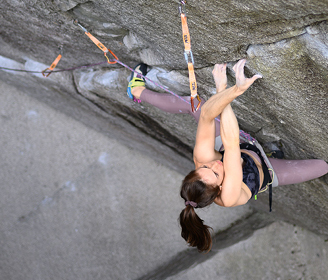Ever wonder how to efficiently transition your splitboard? Eddie Bauer Snowboard guide Scott Newsome is the first splitboarder to earn full ACMG lead guiding certification and spends more than 200 days a season deep in the Monashees. He’s here to answer the internet’s most asked questions about splitboarding.
00:31 – What is splitboarding?
This is a great first question. It essentially allows snowboarders to transform themselves temporarily into a skier, allowing for efficient travel through flat sections and up loping terrain.
00:42 – Do splitboards ride different than a regular board?
The simple answer truly is yes. There is a bit more drag, being that a snowboard has metal edges down the center of it. On most snowboards, you also lose a little torsional stiffness in the board itself, and especially in your nose and tail, not necessarily under your feet, but in the very middle of the board between the bindings and as well in the tip and tail you will lose a little torsional stiffness in there.
01:17 – Can you ski a splitboard?
Yes, you can ski board. The one thing I recommend to new splitboarders is, to go to the ski hill, preferably on a green run not the double black diamond, and learn to ski on your splitboard.
01:35 – How do I choose a splitboard size?
A longer ski allows for more surface area, flotation for breaking trail, as well any downhill skiing that you might have to do. A longer board is just gonna be more stable. Traditionally. I’ve always like to have a bit of a longer board for touring than you typically would with a normal resort board. Powder specific snowboards, they’re shorter and wider, so they’re not skinny and long anymore. They’re shorter and wider, but they’re still equally in the same amount of surface area.
02:13 – Can I make my own splitboard?
Love this question. Technically, yes, you can make your own splitboard, but definitely in the past, my first splitboard I built was in 1997 I bought the Voile do it yourself kit and the skins. And I literally went to my garage and I used a skill saw and I cut the board in half. I used all sorts of different epoxies and Bondo to fill the exposed wood of where the cut was. But, I think I would have to recommend that with today’s technologies, you might just be better off buying a prebuilt one that’s sealed properly from water, and it has the inside edges and it’s just professionally built.
03:11 – What are the advantages of a splitboard?
It’s the ability to travel long distances through the mountains with the utmost efficiency, without carrying the added weight of your snowboard on your back. And when you’re traveling through the mountains, and if you’re putting in big day ski tour in, it’s all about efficiency the entire day.
03:33 – How do you walk on a splitboard?
I think this is actually kind of a funny question. It’s basically one foot in front of the other, like any normal walking you would do. The best advice that I always give for people with techniques, or they’re just starting out with splitboarding is always good posture. If you’re leaning forward on a steep skin track, chances are, you’re probably gonna fall in your face, but if your posture is good and you have, you’re really thinking about transferring your pressure through your heels, that allows you to gain traction, and staying erect allows you to not slip forward or potentially start sliding backwards.
04:22 – How do I keep up on flat sections with my ski friends?
It’s all about technique. Try practicing your skills on a cross country ski trail or at your local golf course. These are great places to go out and practice your skills, take your skins off, and really try to practice without your skins on, moving around through the snow, because the dynamic really changes when you take your skins off. And all of a sudden you’re kind of like Bambi on ice. You’re slipping all over the place. But that’s actually a really good way to hone in on your overall skillset.
05:01 – Splitboard must haves in your backpack? Also known as overlooked but essential gear?
Layering differently for different climates I think is important and gets overlooked. One of the big pieces for layering and should always be in your backpack, no matter what is a good down jacket. Feathers will save your life. Certainly a headlamp is one of those things that people overlook, but it really can change your outcome. In the winter, the days are very short. Having a good repair kit to repair anything that might happen. Some type of an emergency shelter, like a tarp. They make like these lightweight tarps. I’m not talking like your blue camping tarp, but they nowadays, they make these lightweight emergency shelter tarps that also can be used for an improvised rescue toboggan, if you need.
05:56 – What do I do if my board starts to come apart while riding?
It’s technically impossible that your snowboard would just fall apart as you are riding down. Now, that’s because just the way that the bindings and the pucks are secured together to the board over your feet, it’s physically impossible for those to come out without losing a pin or some real mechanism failure.
06:30 – How do you skin a splitboard?
The best way that I can always tell people is I put the tail of my board on the toe of my boot. So I always rest the tail of the board on the toe of my boot. And then that way, when you go to pull on the skin and pulling on the skin and the skin glue, the board just doesn’t sink outta sight in the snow below you. So, as you pull it just naturally wants to go into the deep snow. So keeping it on your toes is gonna alleviate that. And then I also always recommend that you peel off one half of the skin and then place it. So I’ll start from the tip. I’ll pull down half and I’ll place it, make sure that’s it’s well placed. And then at the end of that, you kind of grab on that spot, keeping the tail of your board on your toe. And then from there you can actually leverage the remaining 50%. And it just gives you that much more leverage. Instead of if you’re trying to pull the whole thing from the top down, you’re actually losing leverage.
07:33 – Do I need to learn how to ski before using a split board?
Technically no, you don’t. Some people have natural balance and natural talent, and they’re just strong. Some people really struggle with, it’s very foreign to them. If they’ve only ever snowboarded, I found myself in my guiding career many, many times, I would be at a huge disadvantage if I wasn’t able to split my board and ski downhill.
08:05 – How can I transition quickly so my ski partners don’t get crabby?
I love it. Practice, practice, practice. Learn to anticipate when a changeover is coming and be ready. Sometimes you need to be aggressive with your iced up bindings. Ice gets in there and sometimes they can be a little hard to get off the pucks or whatever. Sometimes you just gotta give ’em a little kick.
08:31 – How do I get better at splitboarding?
Don’t practice your skills on a busy, icy skin track, where you’re gonna fall in your face or slide backwards and take people out behind you. And then it’s embarrassing and it’s frustrating. And I’ve seen it before. Don’t try to hone in your skills the very first day you go out. Take the time. Really understand how the dynamics of your pole positioning and your feet and your skins and everything all kind of has to work together. Your posture, how much weight you’re carrying, all of these things really matter.
09:30 – Do splitboards need specific boots?
You can use any snowboard boot out there, especially with the soft boot bondings, with the spark bonding, you can use any boot that’s on the market. But if you’re more serious and you’re getting after it, and you’re much more serious into the ski mountaineering aspect of the sport, then I certainly would recommend a back country specific boot. What comes to mind when I say back country specific boot, like, they’re gonna have like a good Vibram sole. They’re gonna have maybe a heel step on the sole itself.
09:46 – What type of bindings do you recommend for splitting, and specific features that are a must?
It’s a bit twofold nowadays with both soft boots and hard boots becoming really popular. And I’m no indifferent to one another. I think that they do have their own unique niches, but I mostly am a soft boot binding guy. The hard boot setups, it definitely has its advantages for more true mountaineering objectives. And maybe some overall efficiencies. But again, myself, I’m a bit of a purist. And, I just like the feel of snowboarding in the soft boot.
10:30 – Who invented splitboarding?
The original fellow, his name was Brett “The Cowboy” Kobernik. And Brett, he’s from Utah. And I actually had the chance to meet him. I was instantly very intrigued by what he had on his feet, just because, up until then my all my backcountry experiences had been on snowshoes, ‘cuz that’s really all we had at the time back then in the nineties. Having spent time trying to snowshoe on a skin track behind my skiier friends and knowing the frustrations that can lie with that, I was, like I said, very, very, very intrigued. He was the guy.
11:16 – What are the holes in a splitboard?
There is certain brands out there that sometimes you’ll see on the tips or tails of some brands of snowboards. They have a, like a hole drilled into them. And from my understanding, this is a hard point attachment placement to turn your board into an improvised rescue toboggan. It’s a hard point where you could actually tie a rope in there. And if somebody was injured, you could then drag them out to maybe a helicopter pickup or somewhere that further rescuers could get at them.
11:58 – Why is splitboarding so much cooler than skiing?
Well, I think this one might get me in trouble with my ski friends. Basically it’s like the best of both worlds. You get the aspect of that surfing feeling while you’re on your snowboard and you get to surf your way down the mountain in powder snow. There’s no better feeling than being on a snowboard riding powder snow. You have your mobility. You’re efficiently able to walk across flats or travel uphill just as efficiently as a skier. You kind of get the best of both worlds there.
12:35 – If you could snowboard one place where you haven’t already, where would that be?
I’ve never got to snowboard in Europe, surprisingly. And I think that’s somewhere I’d really like to go. My kids are at the age now where they’re growing and we could go ski touring. I’d love to go and do the Hope Route one day with them. I think that’s something that’d be really cool. And right now my youngest son, he’s actually living in Germany. So it’s something that’s really been on the back of my mind. To go to Europe, and check up those mountains. Basically the birthplace of skiing and ski mountaineering.
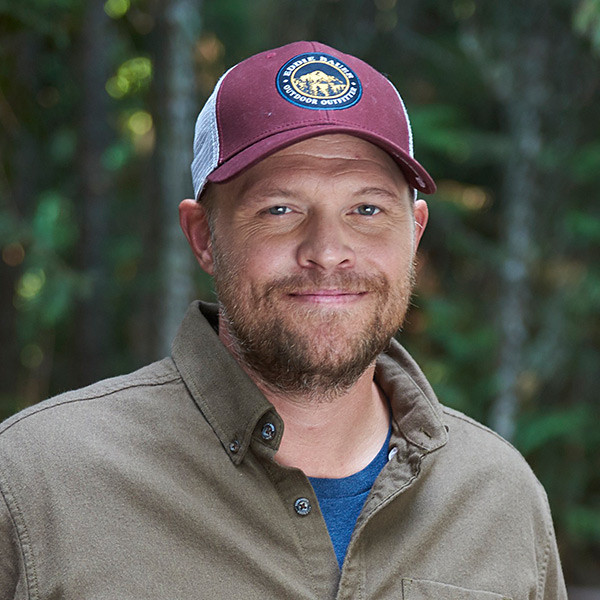
SCOTT NEWSOME
Eddie Bauer Snowboard Guide (ACMG)
As the first splitboarder to earn full ACMG lead guiding certification and a handpicked heli guide for pro snowboarders from Travis Rice to Jeremy Jones, Scott Newsome is a bit of a legend in the Canadian snowboard ranks. He is also the VP of Operations and Lead Guide for Eagle Pass Heli.

